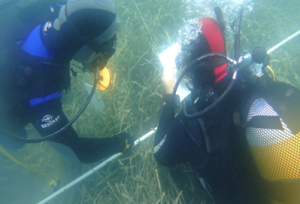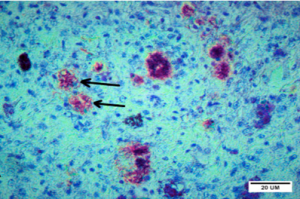Innovative actions for the monitoring – recovering – enhancement of the natural recruitment of the endangered species (fun mussel) Pinna nobilis.
The endemic fan mussel Pinna nobilis (Linnaeus, 1758) is the largest saltwater bivalve species in the Mediterranean Sea. It inhabits environments between 0.6 m and 60 m in depth, mostly on soft substrates, surrounded by seagrass meadows or on bare sandy substrates. Many mass mortality events occurred during the last three years in several parts of the Mediterranean Sea, most of which have been attributed to infections caused by the Mycobacteria and Haplosporidian parasites.
In Greece, infection of marine bivalves by the aforementioned pathogens has been recently reported in the Thermaikos Gulf and along the coastline of the islands Lesvos and Limnos associated similarly with P. nobilis mass mortality events. Also, recently P. nobilis has been included in the Red List of threatened species ranked as critically endangered.
- A) The utilization of natural reserves of young individuals which are settled as bioaccumulators in shellfish park facilities and which were lost
- B) To monitor the natural recovery of populations in areas where pre-existed populations of the species with particularly high density. Such areas are the Thermaikos Gulf, Maliakos Gulf, Argostoli Gulf (Kefalonias island), and Kaloni Gulf, in which mass deaths of the species were observed during summer.
The project “Innovative Actions For The Monitoring-Recovering-Enhancement of The Natural Recruitment of The Endangered Species (Fun mussel) Pinna nobilis”, that was funded by the Operational Program for Fisheries and Maritime 2014-2020 (Measure 6.1.16 “Innovation Linked to the Conservation of Marine Biological Resources”), grant number (MIS) 5052394”. This action was co-funded by the European Maritime and Fisheries Fund (EMFF).






